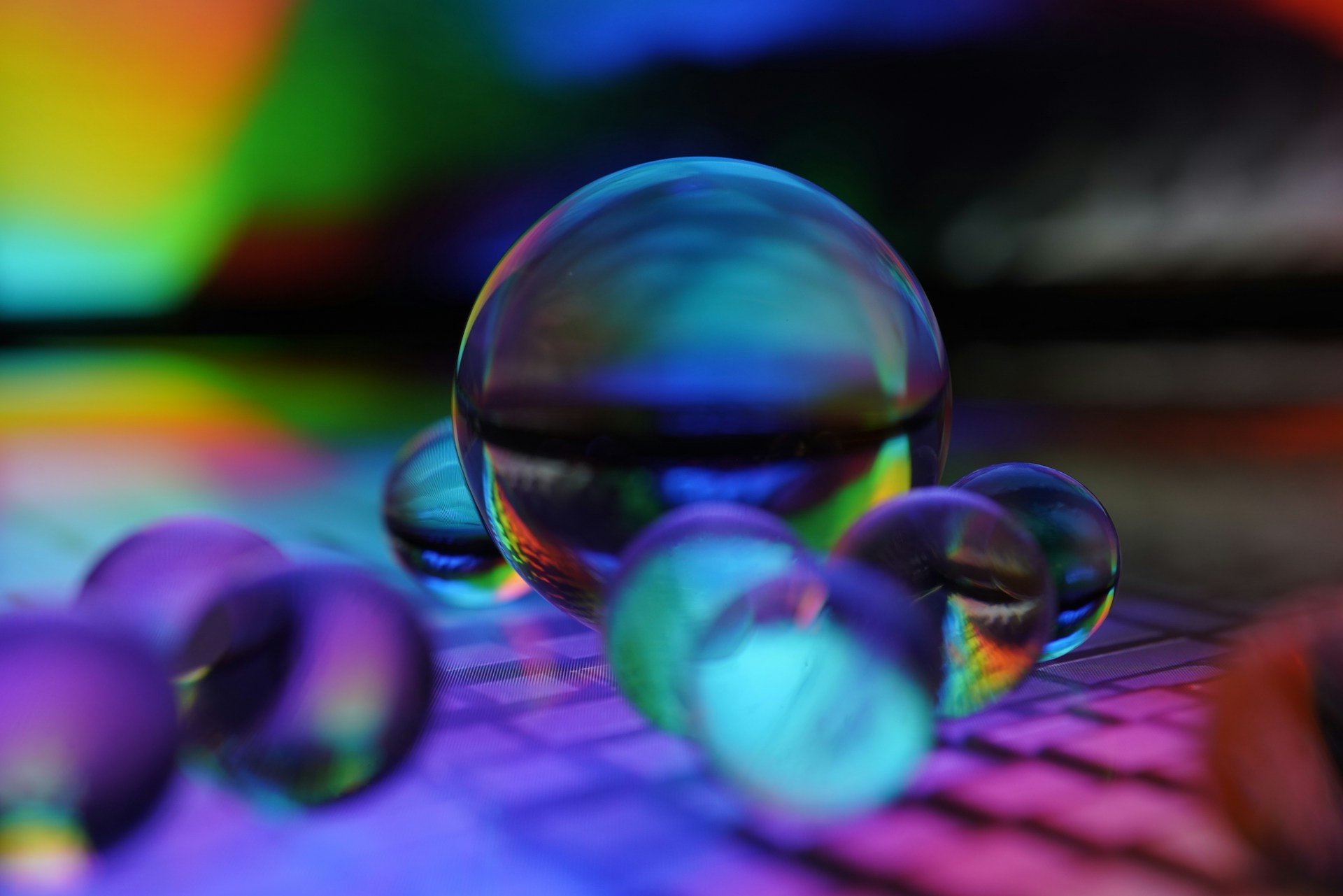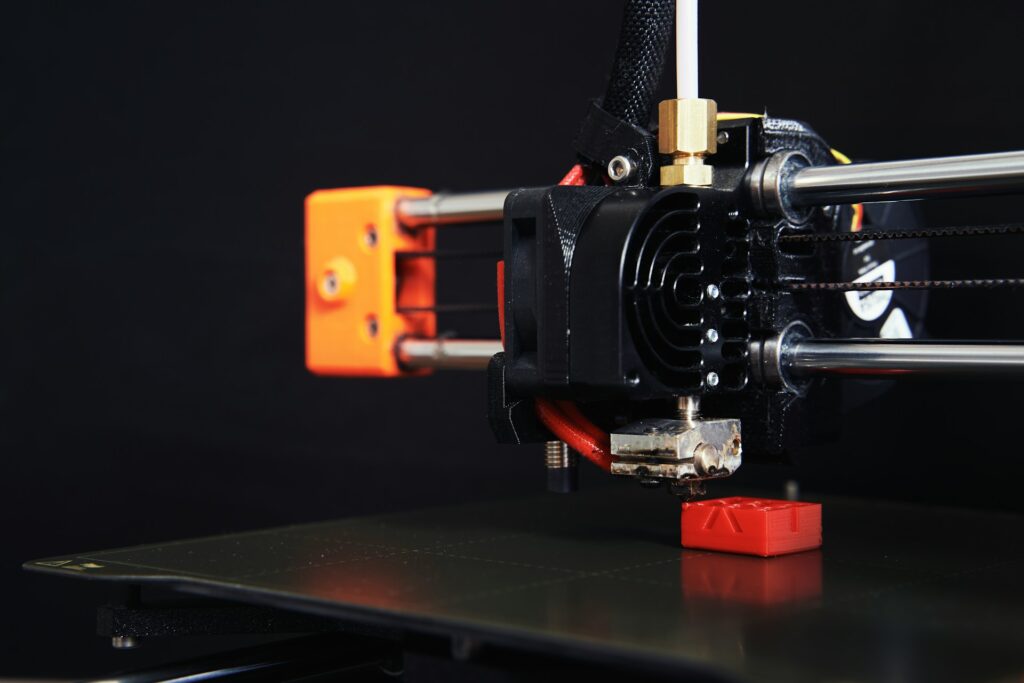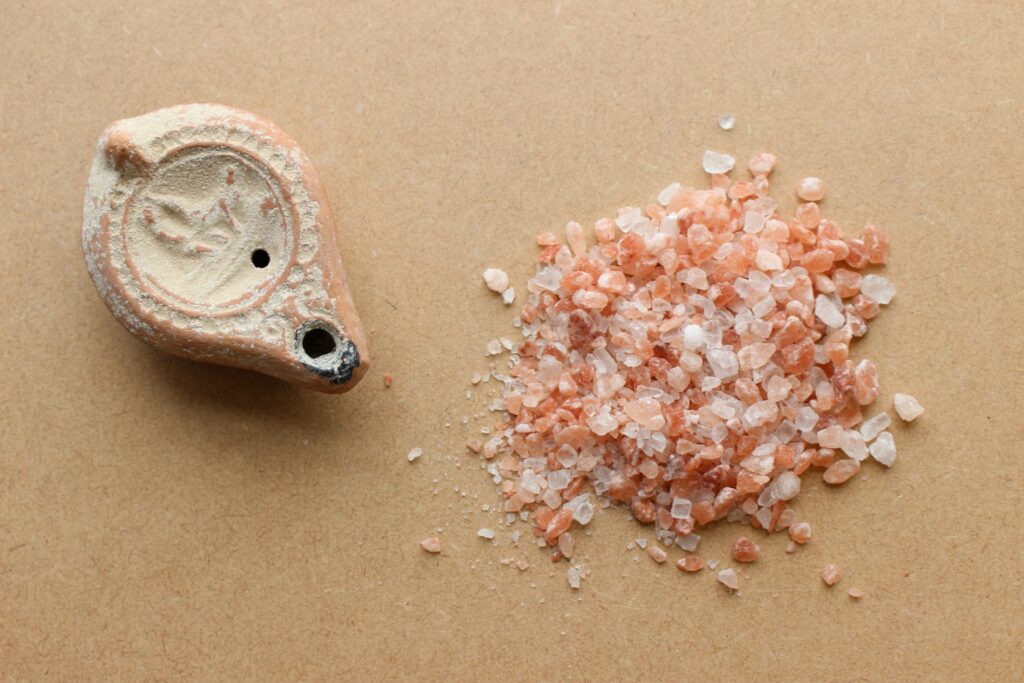A recent study led by Professor Ying Diao at the University of Illinois Urbana-Champaign, in collaboration with researchers from Georgia Institute of Technology, University of North Carolina, and Purdue University, has uncovered a phenomenon of spontaneous chirality in conjugated polymers. This discovery challenges the long-standing assumption that such polymers, typically considered achiral, cannot exhibit chirality without external chiral influences.
Xu, Z., Wang, Z., Zhang, R., Verma, A., Neu, J. S., Bairagya, P., Jeon, S., Damron, A. M., Rinehart, J. M., Wagner, J. S., Sabury, S., Luo, X., Österholm, A. M., Mei, J., Moore, J. S., You, W., Reynolds, J. R., Jackson, N. E., & Diao, Y. (2025). Ubiquitous Chiral Symmetry Breaking of Conjugated Polymers via Liquid–Liquid Phase Separation. Journal of the American Chemical Society, 147(37), 33530–33544. https://doi.org/10.1021/jacs.5c07995
Chirality, the property of asymmetry where structures are distinguishable from their mirror images, plays a crucial role in various natural processes, including the functioning of biological systems. In materials science, understanding and controlling chirality can lead to advancements in optoelectronics and spintronics.
Professor Ying Diao from the University of Illinois Urbana-Champaign stated,
“We are thinking about using chirality to control conductivity; for example, in transparent conductors for phones or in solar cells that could be more stable and efficient. In our computers, electrons bounce around and heat is a big problem. But if we make chiral versions, we think charge transfer could be extremely efficient, just like in nature.”
The research, involved testing 34 different conjugated polymers. The team observed that approximately two-thirds of these polymers spontaneously formed chiral structures when subjected to certain conditions, specifically during liquid; liquid phase separation. This process led to the emergence of helical nanofibers, a characteristic feature of chiral symmetry breaking.
To further understand this phenomenon, the researchers employed machine learning techniques to analyze the molecular features of the polymers. The analysis revealed that polymers with longer molecular chains and the presence of oxygen atoms in the side chains were more likely to exhibit chiral behavior. These findings suggest that subtle molecular characteristics can significantly influence the emergence of chirality in conjugated polymers.
The implications of this discovery are significant for the development of advanced materials. Chiral structures in conjugated polymers can enhance properties such as charge transport and light-matter interactions, which are vital for the performance of optoelectronic devices like solar cells and light-emitting diodes. Additionally, the ability to control chirality in these materials could lead to innovations in spintronic devices, where the spin of electrons is manipulated for information processing.
Professor Ying Diao emphasized the importance of this research, stating that it not only deepens our understanding of chiral emergence but also opens new avenues for designing materials with tailored properties for future technological applications.
This study highlights the potential of conjugated polymers to exhibit spontaneous chirality, offering new perspectives in materials science and paving the way for the development of next-generation electronic and photonic devices.

Adrian graduated with a Masters Degree (1st Class Honours) in Chemical Engineering from Chester University along with Harris. His master’s research aimed to develop a standardadised clean water oxygenation transfer procedure to test bubble diffusers that are currently used in the wastewater industry commercial market. He has also undergone placments in both US and China primarely focused within the R&D department and is an associate member of the Institute of Chemical Engineers (IChemE).



